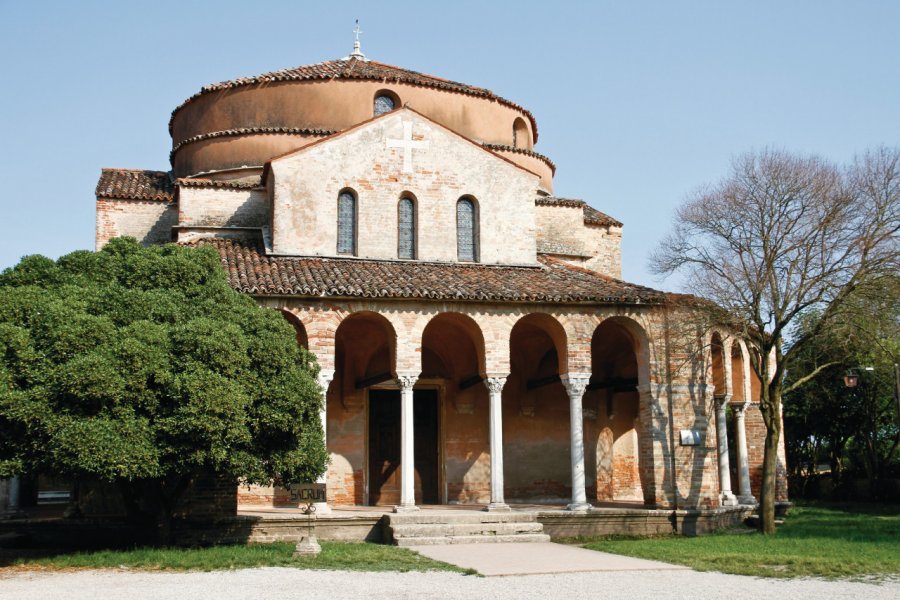Travel Guide Torcello
Find an accommodation
Advertising
In the northeast of the lagoon, this island was discovered in the 7th century by the inhabitants of Carole, Aquileia and Altino, at the time of the barbarian invasions, and was the first settlement site for the lagoon population. Its importance as the center of the lagoon grew with time. The stele commemorating the cathedral's foundation dates back to 639: it is the oldest document concerning the lagoon. Before the end of the 1st millennium, the ancient island of Dorceum, or Turricellum, was home to some 20,000 people. It was then the largest inhabited center in the lagoon. This growth continued until the 12th and 13th centuries, when the island's population began to migrate to the Realtine Islands (now Rialto). The island's commercial port, saltworks and wool production kept it going. However, a slow but steady decline transformed the island into a rural village now trying to survive on tourism and agriculture (artichokes). Wasteland and brambles have covered the rest of the island, which now has only a handful of inhabitants. But there's a certain magic to the island, and a number of monuments still bear witness to its glorious past, including the monumental complex of the Santa Maria Assunta cathedral (founded in 639), with its Byzantine and Roman mosaics, and the 11th-century Santa Fosca church, surrounded by a beautiful portico.
What to visit Torcello?
Advertising
Suggested addresses Torcello
Weather at the moment
Advertising
Organize your trip with our partners Torcello
Transportation
Book your plane tickets
Car Rental
Boat rental
Accommodation & stays
Find a hotel
Holiday rental
Find your campsite
Tailor-made trip
Immersion travel
Services / On site
Activities & visits
Find a doctor
Torcello travel inspiration
Find unique Stay Offers with our Partners
Pictures and images Torcello
Other destinations nearby Torcello
5 km away
25 km away








